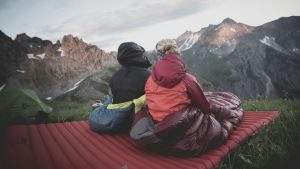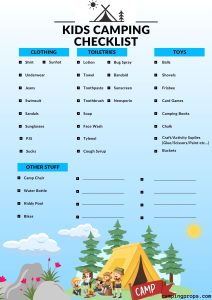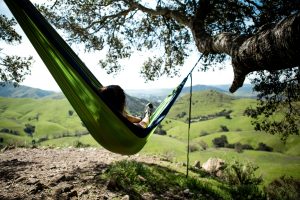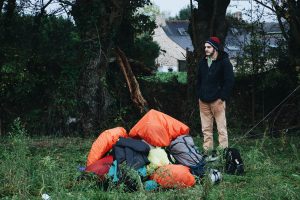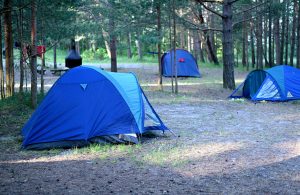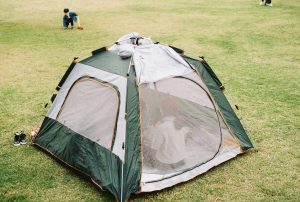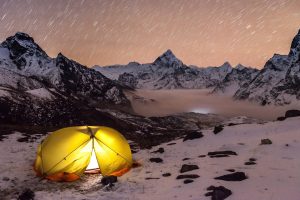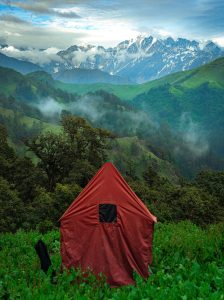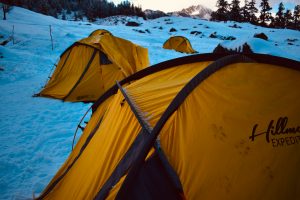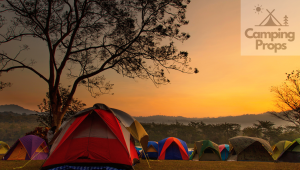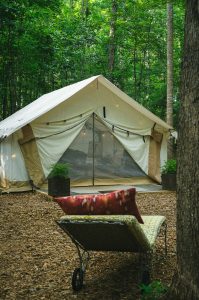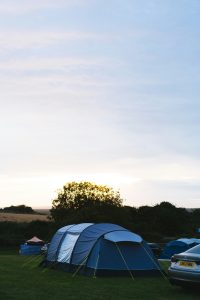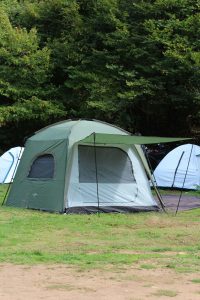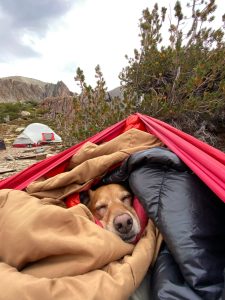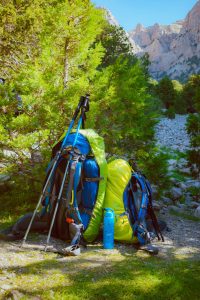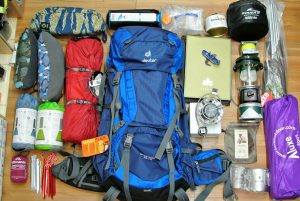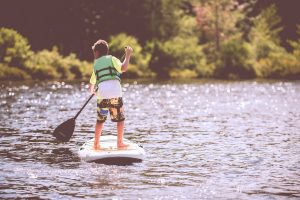Best Tent for Backpacking

The best backpacking tent is one that meets your specific needs and the conditions you’ll encounter on your backpacking trips while balancing weight, packability, durability, and comfort. Here are some of the most important factors to consider when choosing the best tent for backpacking:
Weight
One of the most important factors when backpacking is weight. You want a lightweight tent to minimize the load you’re carrying on your back. Look for a tent that falls within your weight limit, usually in the range of 2 to 4 pounds (0.9 to 1.8 kilograms) or less per person.
Packability
Consider the size of the tent when packed. Backpacking tents should be compact and fit easily into your pack. Tents with smaller pack sizes are generally more comfortable to carry.
Capacity
Choose a tent size that matches the number of people who will be using it. Backpacking tents are typically designed for 1 to 4 people, with the capacity often indicated in the tent’s name (e.g., “2-person tent”). Keep in mind that ultralight tents may fit more snugly.
Seasonality
Determine the seasonality of your travels. Most backpackers choose 3-season tents that are suitable for spring, summer, and fall. If you plan to backpack in winter or extreme conditions, consider a 4-season or mountaineering tent.
Tent Design
Look for a tent design that suits your preferences. Freestanding tents are easier to set up and offer more flexibility when choosing a campsite, while non-freestanding tents are lighter but require more careful stake placement.
Double-Wall vs. Single-Wall
Double-wall tents have an inner tent and a rainfly for better ventilation and less condensation. Single-wall tents are lighter but may have more condensation in certain conditions.
Vestibules
Vestibules provide additional storage space for gear and can help keep the inside of the tent clean and organized.
Ventilation
Adequate ventilation is important to reduce condensation inside the tent. Look for tents with mesh panels and adjustable vents.
Materials
Choose a tent made of lightweight, durable materials such as ripstop nylon or polyester. Pay attention to the denier (D) rating, as higher denier fabrics are more durable but potentially heavier.
Rainfly Coverage
Make sure the rainfly provides adequate coverage and protection from rain and wind. A full-coverage rainfly can help keep the interior dry in wet conditions.
Durability
Consider the durability of the tent, especially if you plan to use it frequently. Reinforced areas and high-quality zippers and seams are essential for long-term use.
Price
Set a budget for your backpacking tent. There are options for a wide range of budgets, from budget-friendly to high-end ultralight tents.
Popular brands of backpacking tents include Big Agnes, MSR, REI Co-op, Nemo Equipment, and many others. Ultimately, your individual preferences, trip goals, and the specific conditions you’ll encounter on your backpacking adventures will determine the best tent for backpacking. Be sure to read user reviews, consider your needs, and test out the tent before you embark on an extended trip to make sure it will meet your expectations.

Is 3kg Too Heavy for a Backpacking Tent? Best Tent for Backpacking
A 3-kilogram (6.6-pound) backpacking tent is on the heavy side for backpacking, especially if you are going ultralight or lightweight. However, whether it is considered too heavy depends on your personal preferences, the type of backpacking you plan to do, and your physical abilities.
Backpacking Style
For traditional backpacking, where you carry a relatively light load and plan to cover moderate distances each day, a 3kg tent may be acceptable, especially if it offers other features or comfort that you prioritize.
Ultralight vs. Traditional Backpacking
Ultralight backpackers often aim for base pack weights (excluding consumables such as food and water) well below 22 pounds (10 kilograms) or even less. In ultralight backpacking, every ounce counts, so a 3 kg tent might be considered heavy. If you are transitioning to ultralight backpacking, you may want to explore lighter tent options.
Physical Fitness
Your physical fitness and ability to comfortably carry weight are important factors. If you are physically fit and used to carrying heavier loads, a 3 kg tent may not be a significant problem. However, if you are new to backpacking or have physical limitations, you may prefer a lighter tent to reduce the overall weight of your pack.
Trip Length and Conditions
The length of your backpacking trips and the conditions you’ll encounter are also important. For shorter trips or trips with more frequent resupply opportunities, a heavier tent may be more manageable. On the other hand, for long-distance thru-hikes or trips in challenging terrain, a lighter tent may be more practical.
Budget
Consider your budget and how it relates to your priorities. Lighter tents tend to be more expensive, so you may need to weigh weight savings against cost.
Comfort and Features

Heavier tents often come with more features, such as spacious vestibules, extra space for gear storage, and better durability. If these features are important to you, a slightly heavier tent may be worth it.
Conclusion

In summary, whether a 3 kg backpacking tent is too heavy depends on your specific backpacking style, preferences, and physical abilities. If you are comfortable carrying the weight and the tent meets your needs, it may still be a good choice. However, if you are looking to reduce pack weight or explore ultralight backpacking, you may want to consider lighter tent options on the market, which can range from 1 to 2 kilograms or even less.
🏕️ Expert Reviews & Comparisons Best Tent for Backpacking
-
Switchback Travel – Best Backpacking Tents of 2024
https://www.switchbacktravel.com/best-backpacking-tents
Highly detailed reviews, weight comparisons, and pros/cons for each tent.
-
Outdoor Gear Lab – Best Backpacking Tents Review
https://www.outdoorgearlab.com/topics/camping-and-hiking/best-backpacking-tent
Lab-tested and ranked tents with durability, weather protection, and comfort scores.
-
REI Co-op – Backpacking Tents Buying Guide
https://www.rei.com/learn/expert-advice/backpacking-tent.html
Helpful for educating beginners on what to consider before buying.
-
Backpacker Magazine – Editors’ Choice Tents
https://www.backpacker.com/gear/tents/
Gear picks from experienced hikers and editors.
Ready to elevate your outdoor adventure? Discover the must-have gear that turns a simple camping trip into an unforgettable experience – click here to explore the ultimate camping equipment guide!
